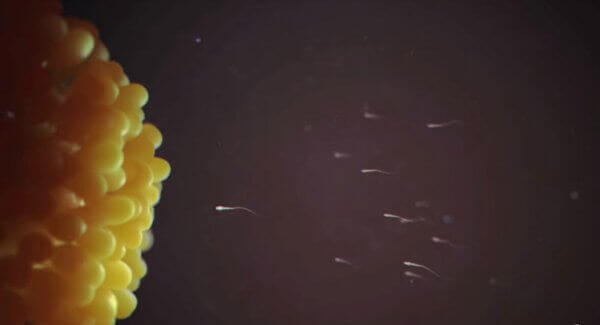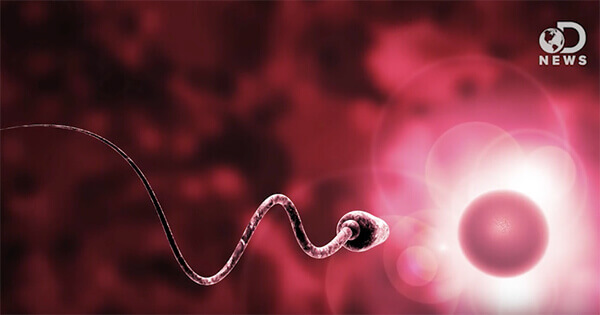Scientists Create Artificial Sperm That Produce Healthy Mice Offspring
Breakthrough could lead to the end of male infertility.

The scientific method
The scientists began by taking embryonic stem cells from mice and exposing them to a number of different chemicals. These chemicals caused the embryonic stem cells to progress to early-stage germ cells. Once transformed, the scientists placed these germ cells inside testicular tissue with controlled amounts of testosterone and other sex hormones.
In these mimicked natural conditions, the germ cells underwent complete meiosis, which means the splitting of a cell into four separate parts, each with half of the original cell’s genetic information. The resulting cells all had correct nuclear DNA and chromosomal content, the basic precursors of fertility.
The sperm created by the scientists was not fully mature. The artificial sperm has no tail, which means it is unable to propel itself towards an egg in order to fertilize it. To overcome this problem, the scientists directed the sperm directly into an egg, which is a method already used in human IVF.
Due to the recent interest in artificial sperm production, a gold standard for correct meiosis was recently outlined by three world-leading reproductive biologists. The gold standard requires (among other things) that the sperm has correct DNA and chromosome numbers at various meiotic stages, and that the resulting offspring are healthy and able to reproduce naturally.
So far, the mice created by these artificial sperm have proven to be healthy and capable of reproduction, satisfying the gold standard.
What this breakthrough means for humans
15% of couples experience fertility problems, and of this 15% a third are due to problems with the man’s reproductive ability. One major cause of male infertility is the inability of precursor germ cells to correctly undergo meiosis and become functional sperm. This research could help to treat this and many other causes of male infertility.

It also means that with a basic supply of embryonic stem cells, scientists could synthesize sperm and remove the need for willing male donors in artificial insemination situations.
Future challenges
Having successfully used artificial sperm in mice to create offspring, the question becomes whether or not the same can be done with humans. Currently, embryonic stem cells cannot be taken from infertile men, so treating infertility would require a different starting point.
Mouse germ cells have been produced from what are called pluripotent stem cells by another scientific team from Kyoto University. These stem cells can be taken from human subjects and this research is currently underway at Kyoto University.
A company in France claims to have produced human sperm in a laboratory; though, they began from germ cells and are yet to publish anything.
Image sources: Nucleus Medical Media, DNews
Leave a reply
You must be logged in to post a comment.

















